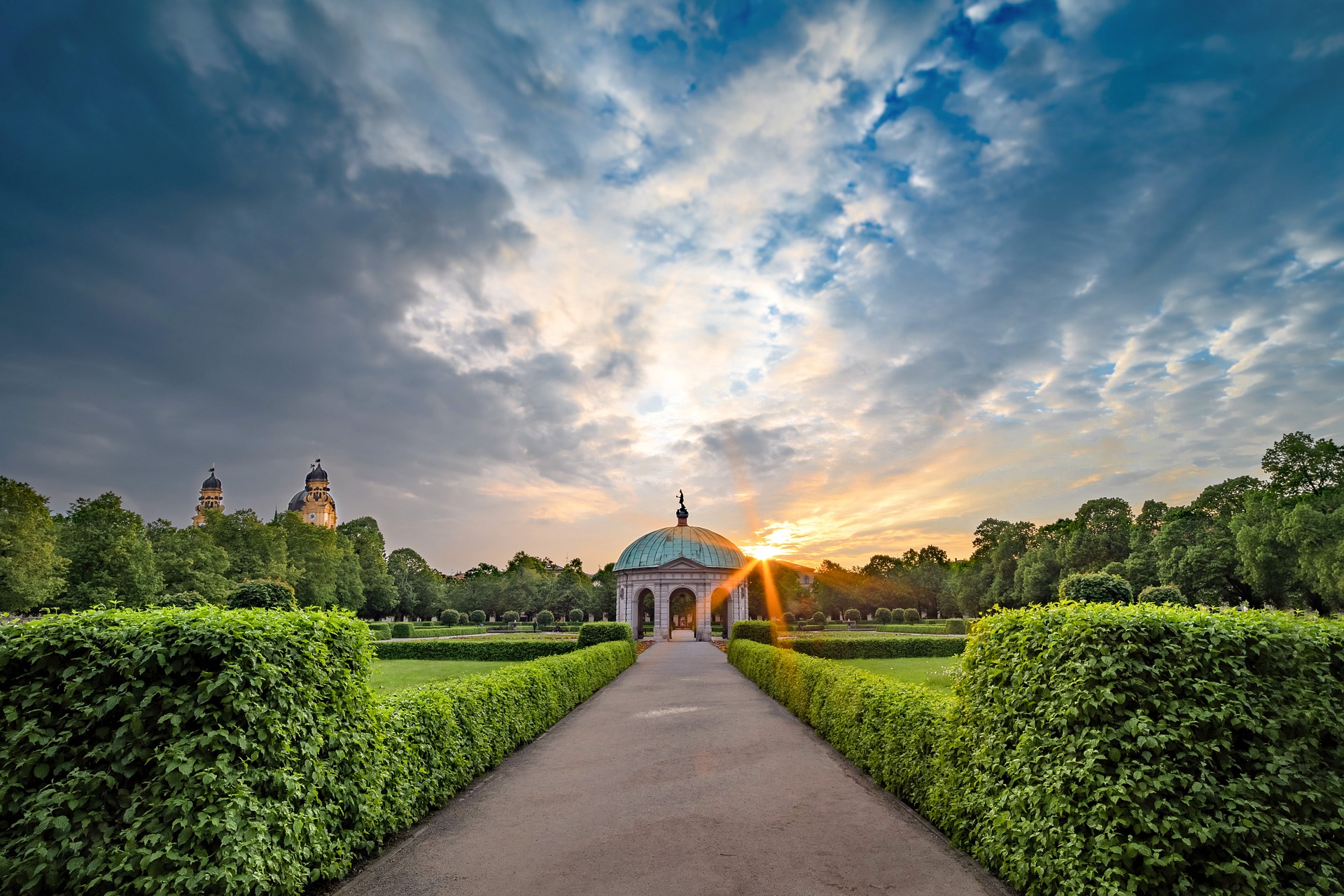
Enjoying the small things is often priceless. There is no greater luxury but to enjoy the peace and quiet of nature, throw a rock across the lake and watch in delight how it ripples while you breath in the fresh spring breeze. It seems that the European architects of the 18th and 19th century really appreciated these things, so they created spaces pleasant for all the senses. Building pavilions hidden in the greenery and gazebos- relaxation sanctuaries were a must. Today, these little architectural gems are true decorations to European parks, woods and coasts. The story about them takes the reader down a real history avenue…
In Summer Houses and ‘Paradise Gardens’ – Ancient and Medieval Gazebos
These architectural structures, often built as the essential part of the pavilions, have a quite long history. The first gazebos, those from Ancient Egypt, had primarily a religious purpose, so they often served as mini temples dedicated to the gods and built in the “paradise gardens.” Later, Ancient Greeks and especially Ancient Romans showed all the best of their taste and the sense of beauty by building gazebos by their summer houses all along the Mediterranean coast. They started the tradition that continued through the whole medieval times and Renaissance when gazebo ornamented some of the most beautiful gardens in Europe and was a place that united different forms of art – architecture, painting, music, and of course, the art of nature.
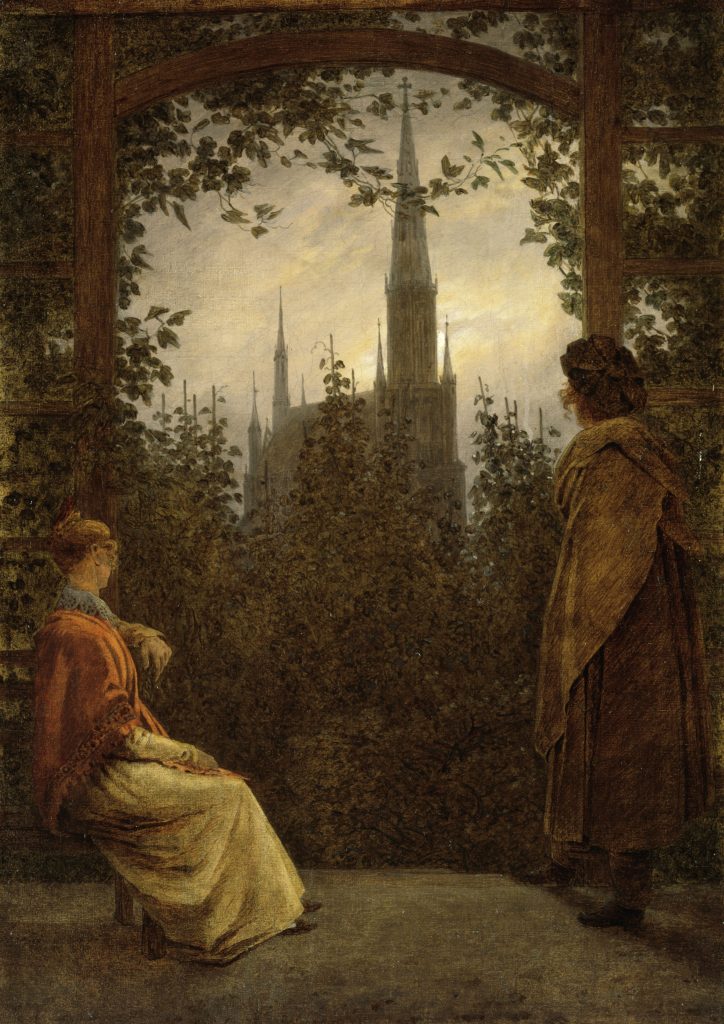
18th and 19th Century: The Places for Contemplation and Deep Thought
During the age of Neoclassicism and later Romanticism, young and educated people had a great interest in the classical and medieval world. Therefore, the 18th and early 19th century gazebo was a place for contemplation, deep thought, poetry, courting… These little architectural gems were the places where a nature lover could admire a beautiful view. Where a music lover could listen to or play the violin. Where a book lover lady could enjoy poetry in peace… Gazebos were also places where you could enjoy an endless discussion about the acts of Alexander the Great or adventures of 12th century knights. These spaces of beauty were reserved only for the best and finest things.
Today, many of these gazebos are still here. Resisting the tooth of time, they are small, but valuable parts of European cultural heritage that preserve the memory of high-quality taste and inspire today’s people to continue this tradition.
Want to see some of the most beautiful European gazebos? Check our photo gallery.
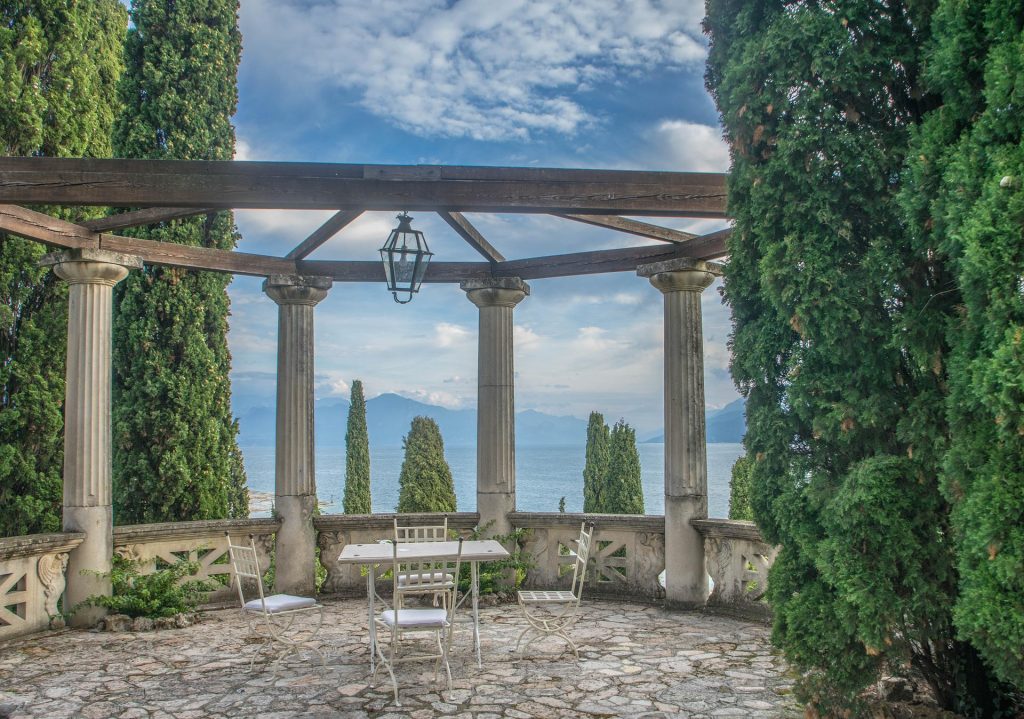
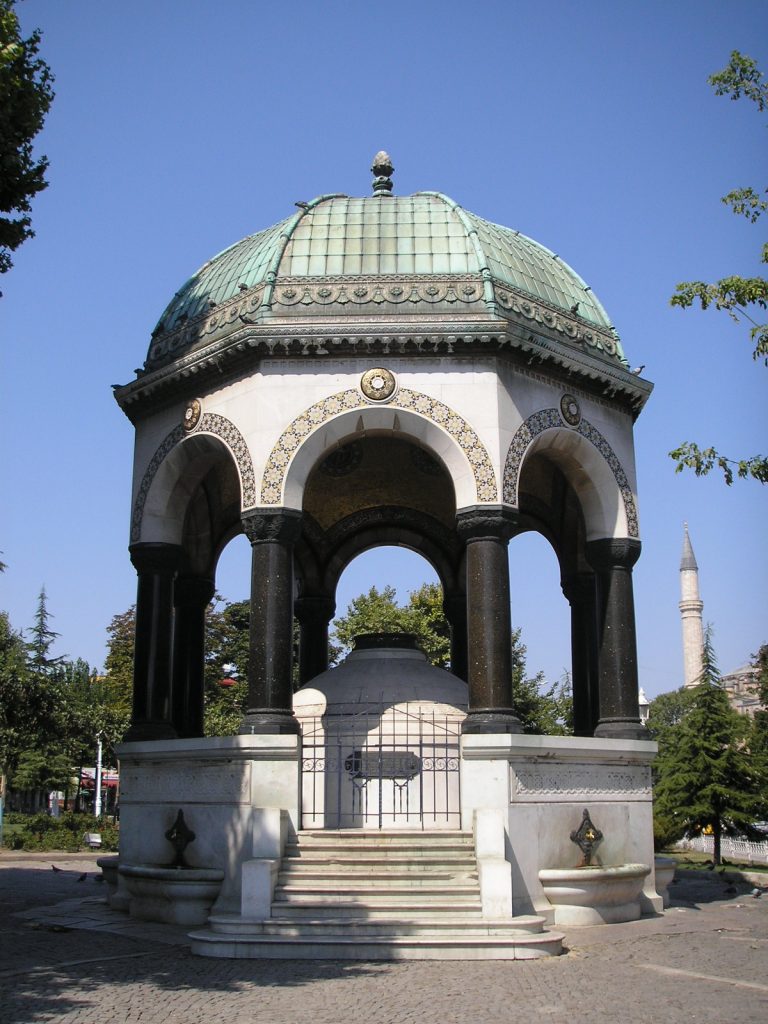
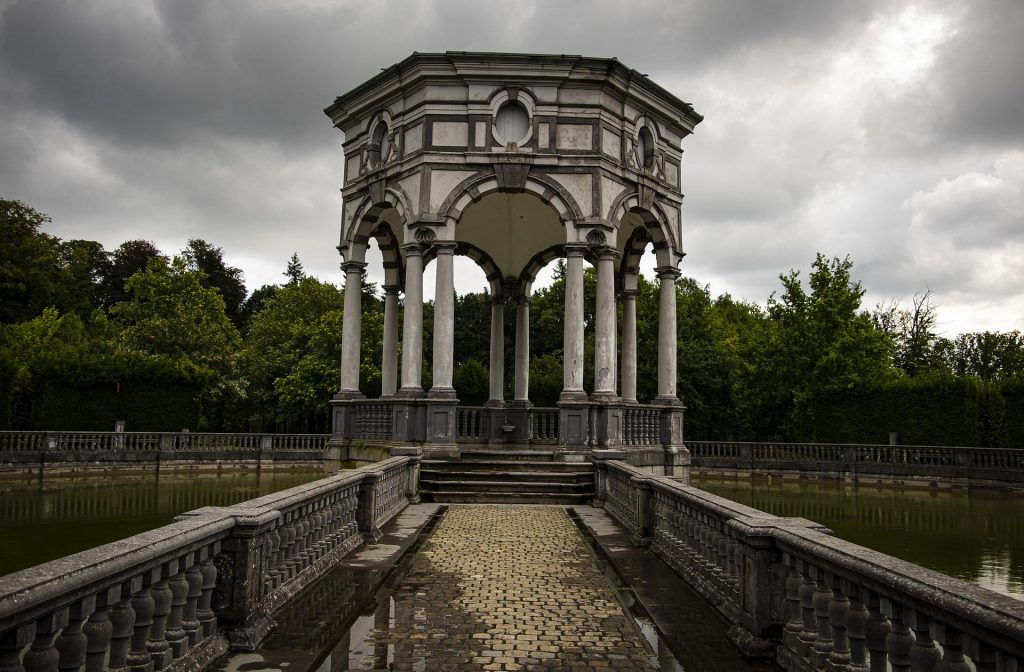
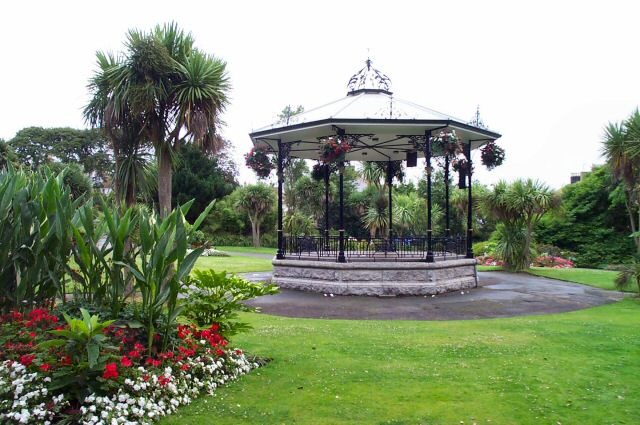
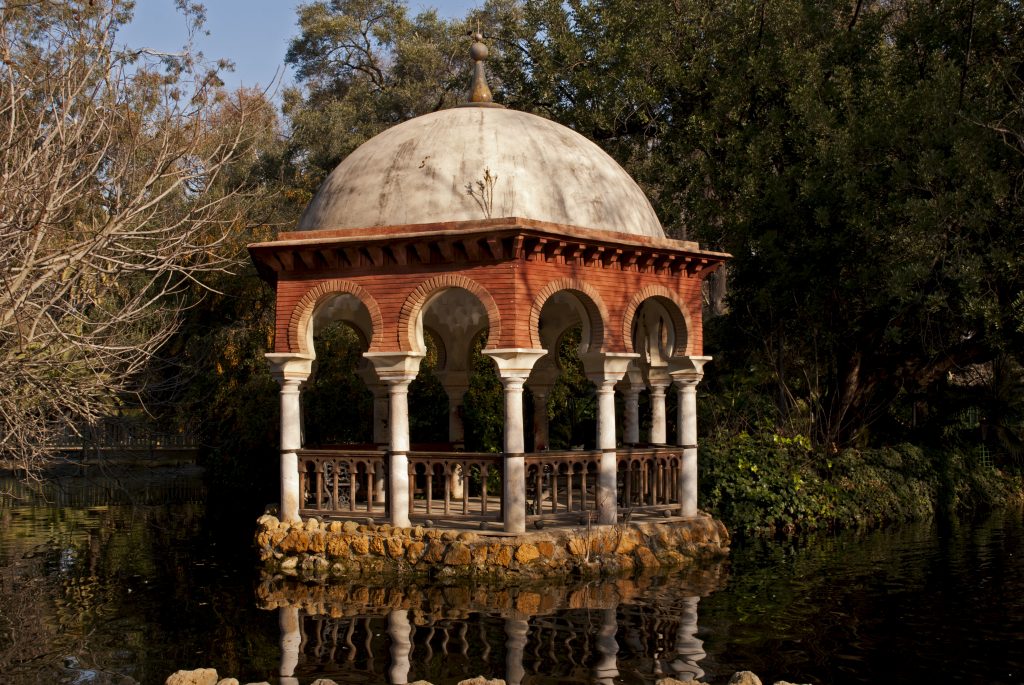
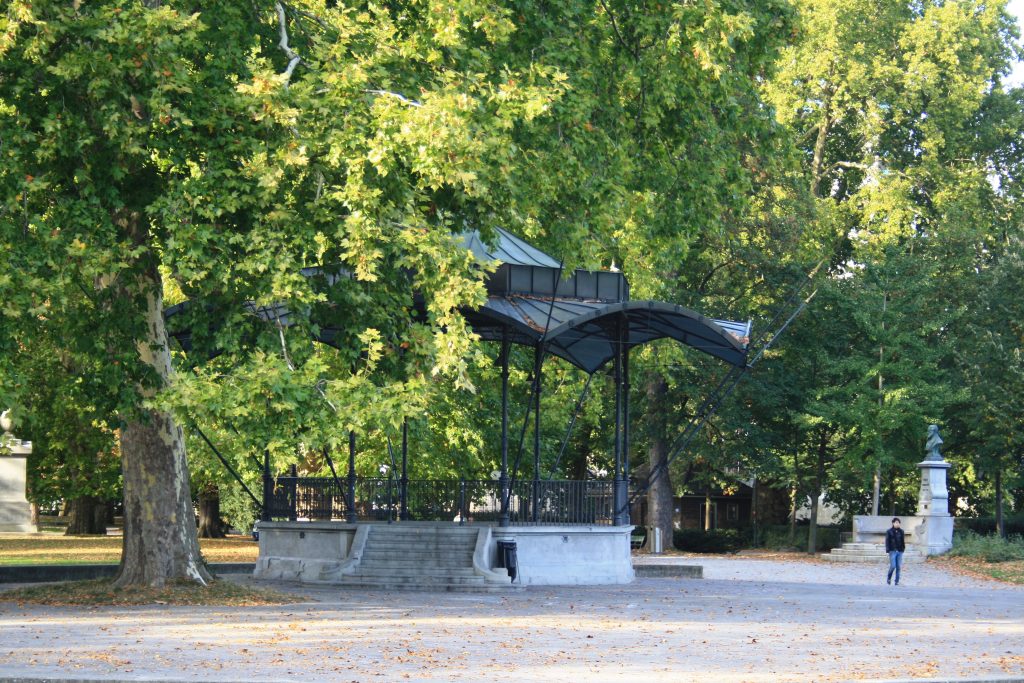
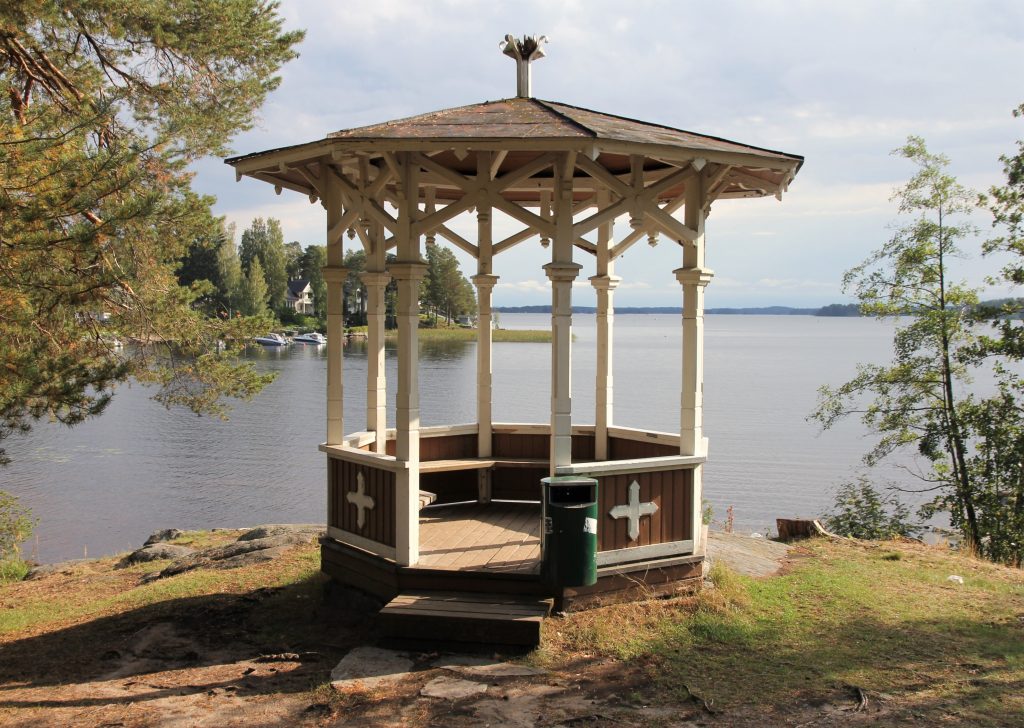
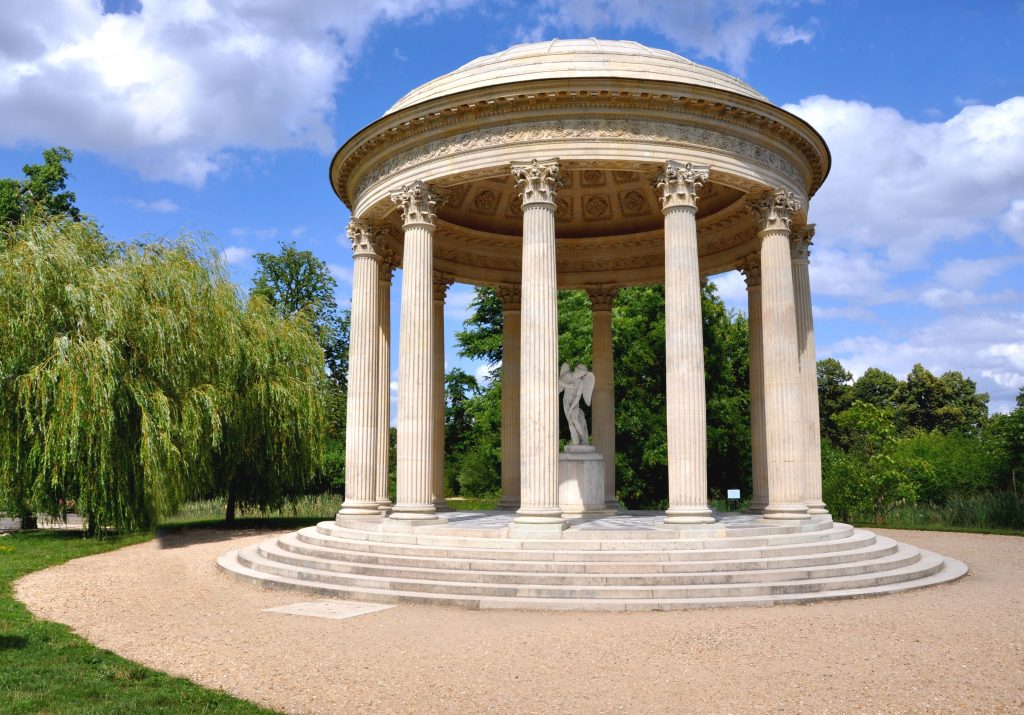
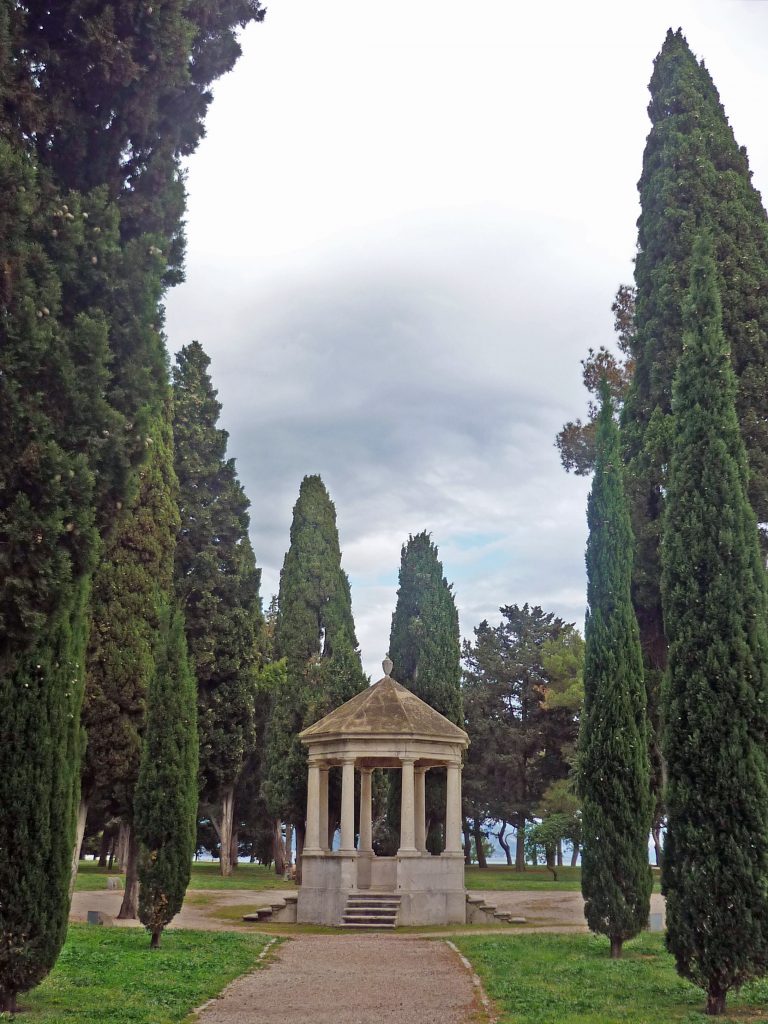
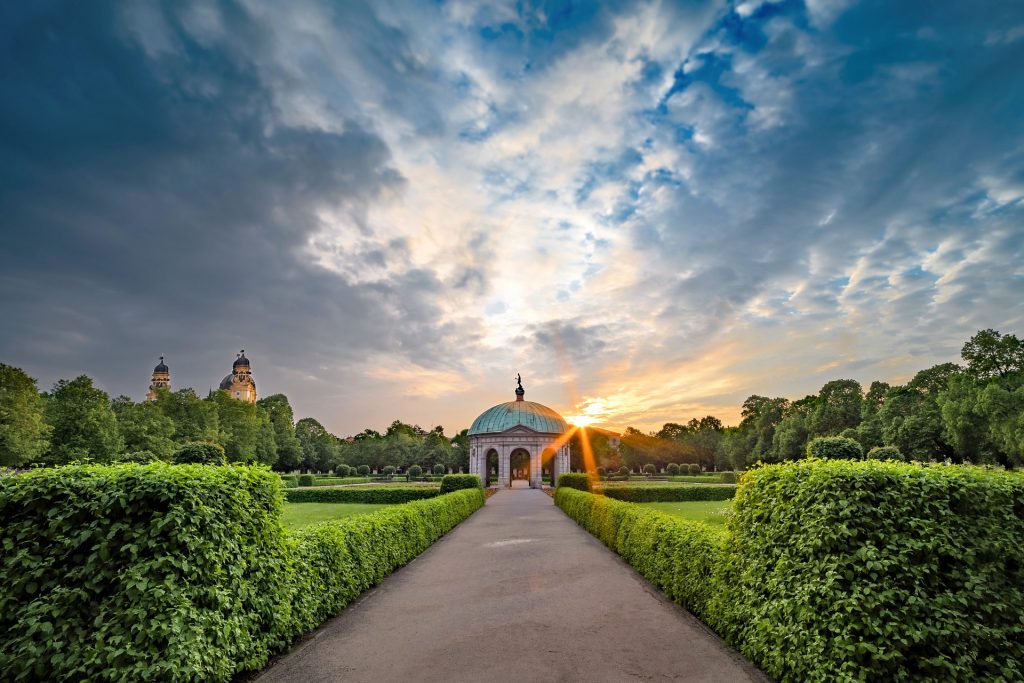
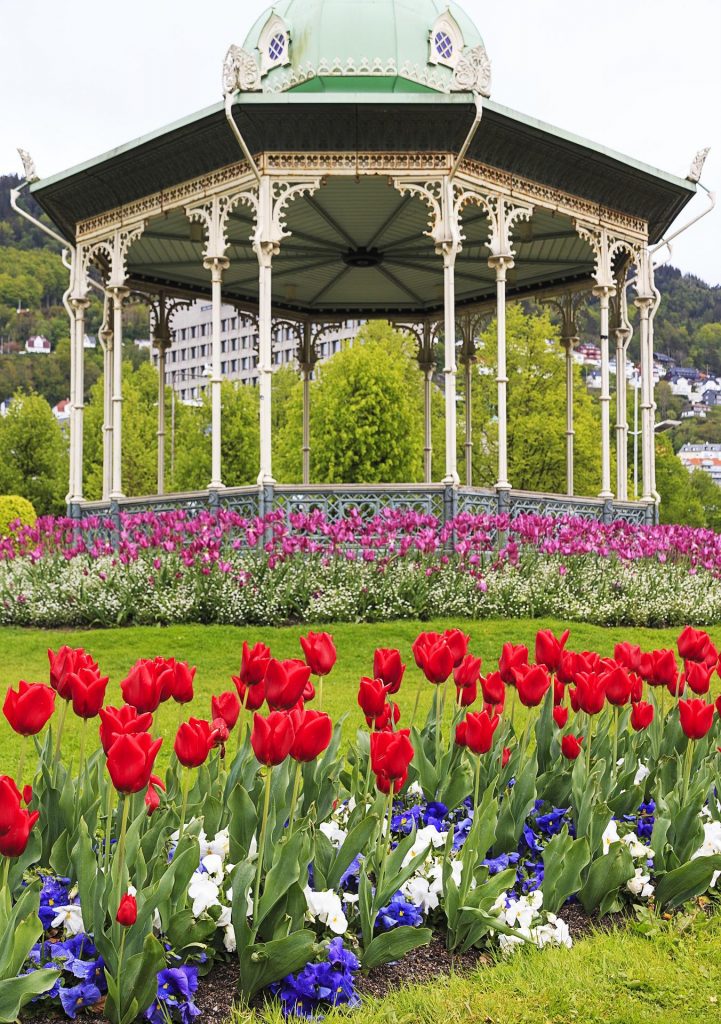
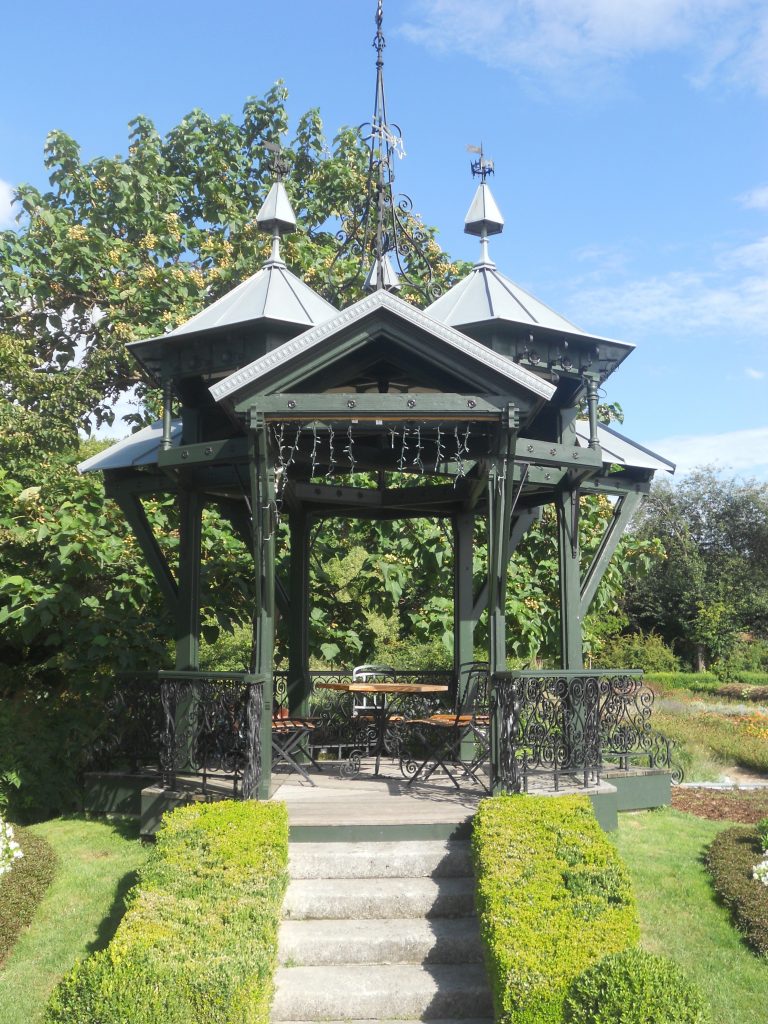

One thought on “The Harmony of Art and Beauty: Long Tradition of European Gazebos”